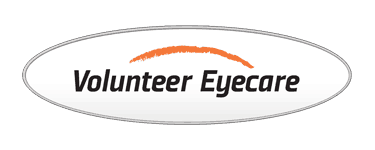A chalazion is a slowly developing lump that forms due to blockage and swelling of an oil gland in the eyelid. A chalazion is generally not an infection.
A chalazion often starts out as a very small red, tender, swollen area of the eyelid. In a few days, it may change to a painless slow-growing lump the size of a pea.
A chalazion is often confused with a stye (or hordeolum), which is an infection of an oil gland in the eyelid. A stye produces a red, swollen, painful lump on the edge or the inside of the eyelid and usually occurs closer to the surface of the eyelid than chalazia. Left untreated, a stye can result in the formation of a chalazion.
Do not attempt to squeeze or drain the chalazion yourself. You may need treatment for proper healing.
Characteristics of a chalazion:
- Painless bump or lump in the upper eyelid or, less frequently, in the lower eyelid
- Caused by a thickening of the fluid in the oil glands (meibomian glands) of the eyelid
- Tearing and mild irritation may result as the obstructed glands are needed for healthy tears
- Blurred vision, if the chalazion is large enough to press against the eyeball
- More common in adults than children; most frequently occurs in people aged 30-50
- Disappears without treatment within several weeks to a month, although they often recur
Risk factors include:
- Acne rosacea
- Chronic blepharitis (inflammation of the eyelids, often from excess bacteria)
- Seborrhea
- Tuberculosis
- Viral infection
- Rarely, they may be an indication of an infection or skin cancer
How is a chalazion diagnosed?
A chalazion is best diagnosed by your eye doctor, who can advise you on treatment options. Necessary testing might include:
- Patient history to determine symptoms and the presence of any general health problems that may be contributing to the eye problem.
- External examination of the eye, including lid structure, skin texture and eyelash appearance.
- Evaluation of the lid margins, base of the eyelashes and oil gland openings using bright light and magnification.
How is a chalazion treated?
The good news is that many chalazia require minimal medical treatment and clear up on their own in a few weeks to a month.
Apply warm compresses to the eyelid for 10 to 15 minutes 4 to 6 times a day for several days. The warm compresses may help soften the hardened oil that is blocking the ducts and allow drainage and healing.
You can create a warm compress by dipping a clean soft cloth in warm water and then wringing it out (although you may prefer a commercially available reusable heat mask). Remoisten the cloth frequently to keep it wet and warm.
You can also gently massage the external eyelids several minutes each day to help promote drainage. Once the chalazion drains on its own, keep the area clean, and keep your hands away from your eyes.
If the chalazion does not drain and heal within a month, contact your eye doctor. Again, do not attempt to squeeze or “pop” the chalazion, as you may inadvertently do more damage.


